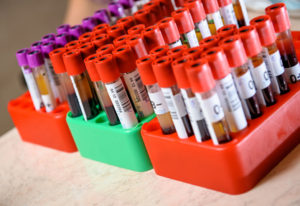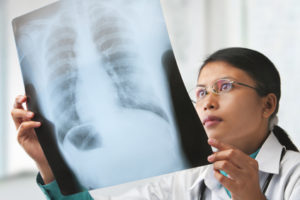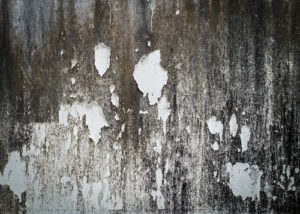Can You Test Mold Exposure with a Blood Test?

Does Mold Exposure Show Up on Blood Tests?
Black mold could be lurking in your home without you even being aware that it’s there. Maybe you’re showing some of the signs of black mold exposure, but you want to know for sure. There are several ways you can find out, including taking a blood test. Your Manhattan mold removal specialists want to make sure you take good care of your health, so if you’re having a reaction to black mold, you can find out for certain.
Taking a Blood Test for Mold Exposure
This test is minimally invasive but very informative. Your doctor will need to take a sample of your blood and send it to a lab for testing. They will check to see how the antibodies in your system react to various mold species, black mold included. When they test your blood, they will also look for toxins that indicate mold poisoning.
Getting a Skin Prick Test
Skin prick tests are another way for your doctor to tell if you’re allergic to certain types of mold. They take various types and apply them to the skin using small needles. If you’re allergic to that type of mold, your skin will react by forming a rash or other reaction.
Talk With Your Manhattan Mold Removal Experts
Getting exposed to black mold can lead to all kinds of health issues, including asthma, hair loss, confusion, memory loss, and more. Contact us, your Manhattan mold removal professionals, for assistance with your mold problem. We offer free inspections!



